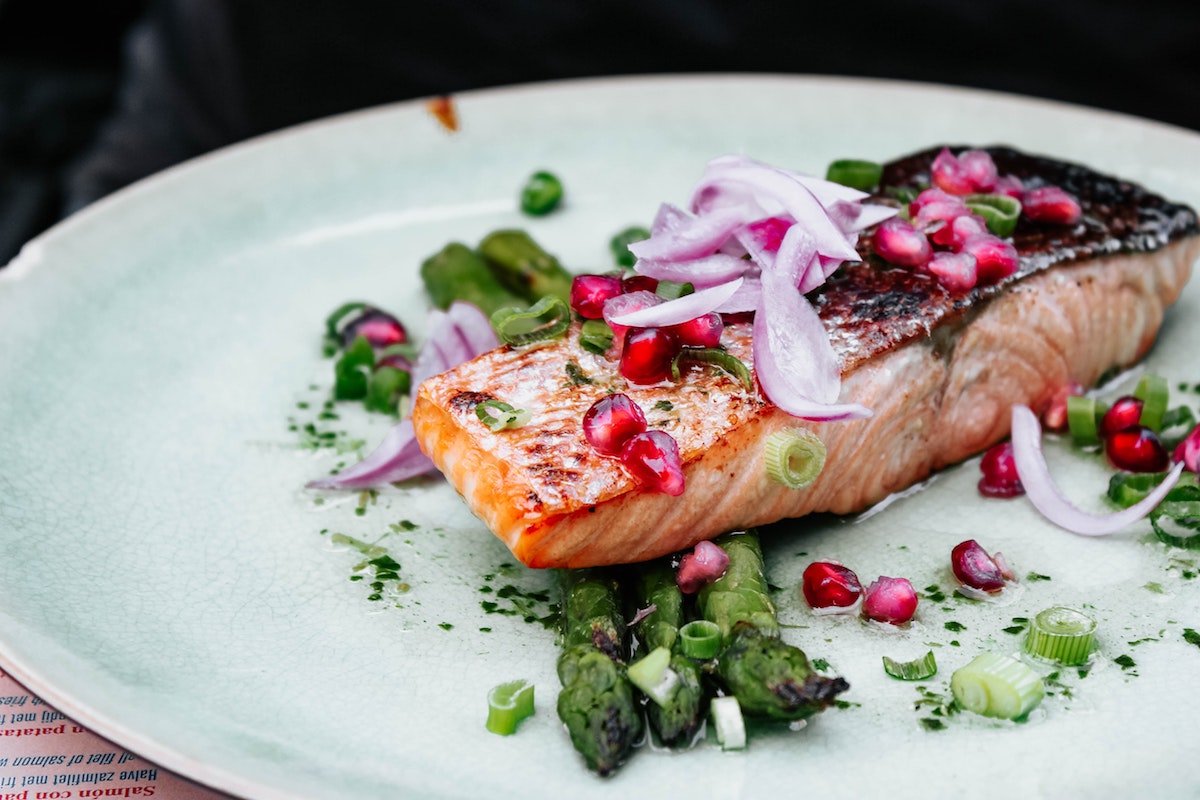All our lives we have been taught that fats are bad for your health. It makes you gain weight, and it is bad for your heart. We find ourselves looking at the nutritional content of packaged foods to determine whether or not we should eat them. We switched to low fat foods, yet we are not healthier. Why is that? The truth is that fats are just as essential for your body as proteins and carbohydrates.
Fats are the major source of energy that the body utilizes. It is needed to form the membranes of each cell in the body as well as forming the sheaths that surround and protect the nerves. It helps the body absorb some vitamins and minerals, along with helping with other important bodily functions like muscle movement, forming blood clots and inflammation.
All fats are not created equal, however. Some fats are healthier than others. The unhealthy fats contribute to worsening heart disease. They can increase your bad cholesterol (LDL cholesterol), and lower your good cholesterol (HDL cholesterol) increasing your chance of suffering a heart attack. They have also been associated with other chronic diseases like strokes and diabetes. The good fats, on the other hand lower your bad cholesterol, lower your triglycerides and increase your good cholesterol, which all adds to improved cardiovascular health. Some studies have also shown that healthy fats can decrease your risk of developing heart arrhythmias.
Examples of bad fats include trans-fats and saturated fats, while the good fats include monounsaturated and polyunsaturated fatty acids. A general rule of thumb for differentiating these 2 categories is what form they take on at room temperature. If solid at room temperature, it most likely falls into the bad fat category, but if liquid at room temperature, it most likely falls into the good fat category. Now remember that this is just a generalized rule, and there are always exceptions.
Trans fats are about the worst kinds of fats that you can eat. They are formed from an industrial process where hydrogen is added to liquid vegetable oil to make them solid, and are sometimes referred to as “partially hydrogenated oils” on the nutritional label. They have no nutritional benefit and are found primarily in processed foods like doughnuts, frozen pizza, margarine sticks, cookies. Avoid these fats as much as possible.
Saturated fats are usually solid at room temperature and are found more in animal products like red meats, whole milk dairy products and cheese. The term saturated has to do with how many hydrogen atoms surround each carbon atom in their chemical structure. In this case, the carbon atoms have the maximum amount of hydrogen atoms around it and are therefore saturated.
Monounsaturated fatty acids are usually liquid at room temperature and contain one double bond between carbon atoms. That is, there are fewer hydrogen atoms in their chemical structure. Examples of this include olive oil, canola oil, peanut oil and sesame oil.
Polyunsaturated fatty acids are also liquid at room temperature and contain 2 or more double bonds between carbon atoms. There are 2 types of this fat: Omega-3 fatty acids and omega-6 fatty acids. Omega-3 fatty acids are generally found in oily fish like salmon, mackerel, while omega 6 fatty acids are found in foods like vegetable oils, grains, nuts.
The American Heart Association recommends limiting your intake of trans fats and limiting your consumption of saturated fats to 5-6% of total calories.
Studies have shown that replacing the amounts of saturated fats you eat with mono or polyunsaturated fats can reduce your risk of cardiovascular disease.
 Back to Blog Homepage
Back to Blog Homepage
